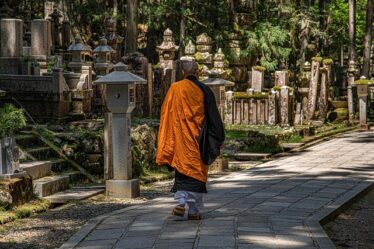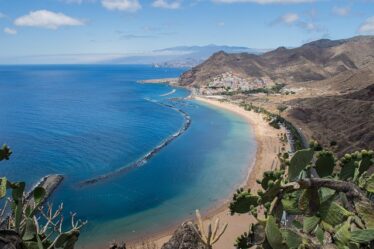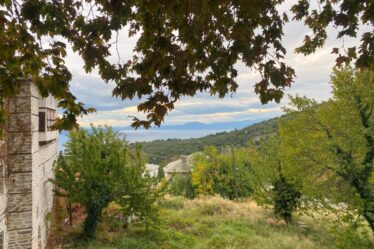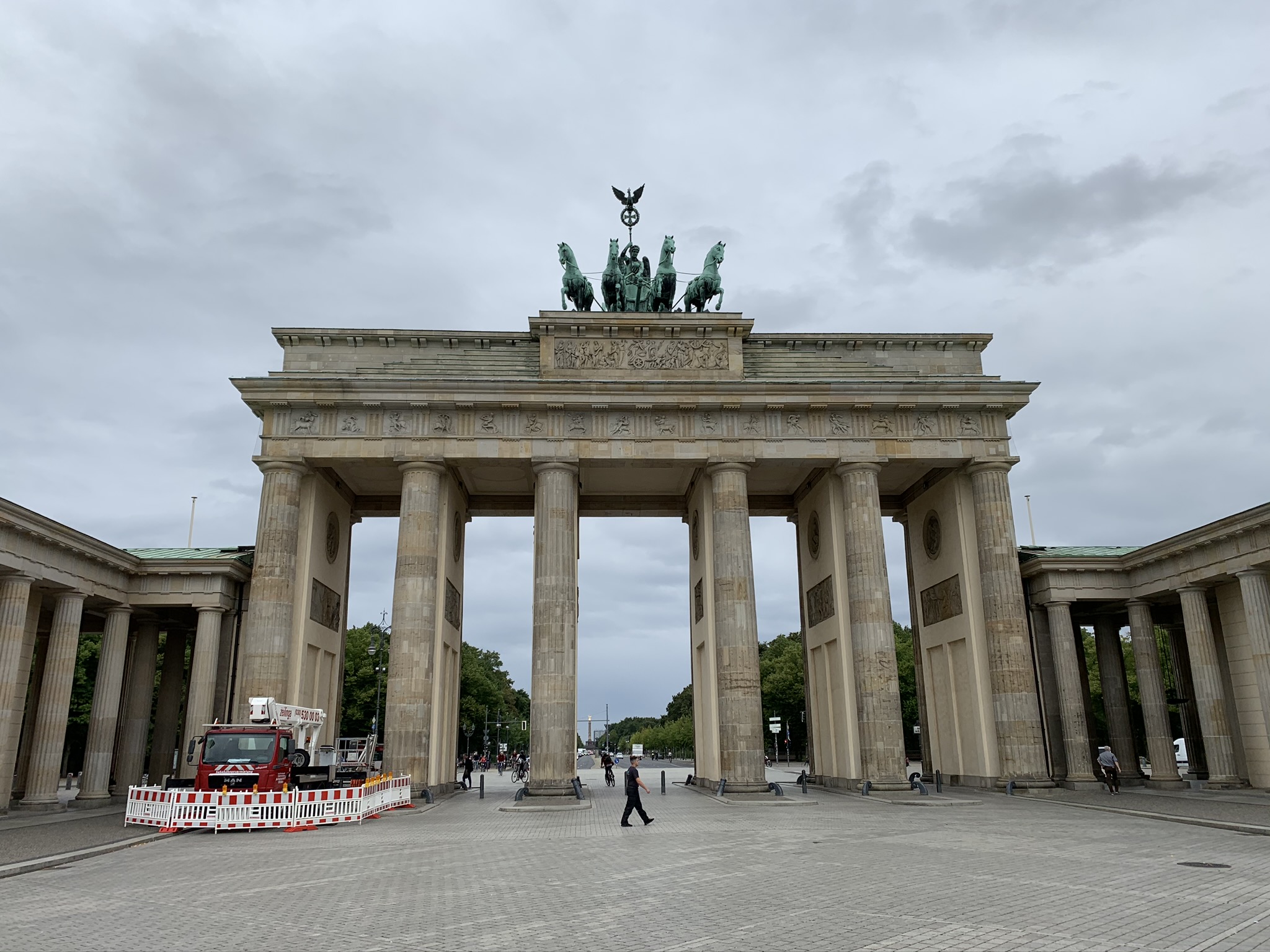
Berlin is the capital of Germany and at the same time the largest city in the European Union. You will need over 4 days to realize the size of this city, to see buildings of historical importance and the monuments that are everywhere in the city. The first impressions, following the course of recent history, will create a feeling of wonder about what took place, during the 2nd World War and later during the Cold War. Berlin is rightly ranked among the most famous travelling destinations for its history, beautiful buildings, concerts, bars, clubs and incredible places to eat.
How to travel to Berlin
With a direct flight from either Athens or Thessaloniki and only with your Greek ID. The flight takes about 3 hours from Athens, while from Thessaloniki 2 hours and 30 minutes.
Extra tip: If you have a passport, you should prefer it (to your ID) on flights to European Union countries. You pass through airport control faster, since there are automatic passport control machines.If you have a passport, you should prefer it (to your ID) on flights to European Union countries. You pass through airport control faster, since there are automatic passport control machines.
Where to stay
Stay as close as you can to the city center of Berlin. Distances are very long and the places of historical interest are located in the center of Berlin. Why waste valuable time staying somewhere further away? I was in Berlin on a business trip, so the hotel I chose is the most popular in the city, the Park Inn Radisson hotel. It is located in the heart of the city near the station “Alexanderplatz”, which connects you to all areas of Berlin by bus, tram and metro. Of course, in Berlin it is better to choose a bicycle as a means of transportation.
How to get around
In Berlin you can easily get around by an electric bike or by renting from the countless companies on the street, or through the donkey bike app. Their streets are completely cyclist and pedestrian friendly, and the fact that whole of Berlin is flat, your tour will be nothing less than enjoyable and comfortable.
What to see in Berlin
The truth is that you won’t know where to start from. There are many places of historical interest. But let’s start with the ones in the center. Most points of interest are located in and around the large park called “Tiergarten”, in which you can wander for hours, literally enjoying a historical walk.
Start from the east side of Berlin, meeting the city’s trademark first:
#1 Brandenburg Gate
The Brandenburg Gate is located on Parizer Platz.It is the trademark of Berlin and it is of great historical importance. Built in the 17th century to resemble the Propylaia of the Acropolis, it managed to survive the Second World War, unlike the buildings around Pariser Platz which were completely destroyed.

#2 Holocaust Memorial
South of Parizer Platz you will come across a monument that will literally give you chills. The «Holocaust Memorial» is a monument to the victims of the Holocaust. It’s free to the public and you literally walk between impressive concrete beams numbering 2,711. At the beginning, the height does not exceed 20 cm, but moving inwards, you get lost, at heights that exceed 4 meters. You will feel lost in time, in an incredible infrastructure, commemorating the millions of dead Jews of the Holocaust.
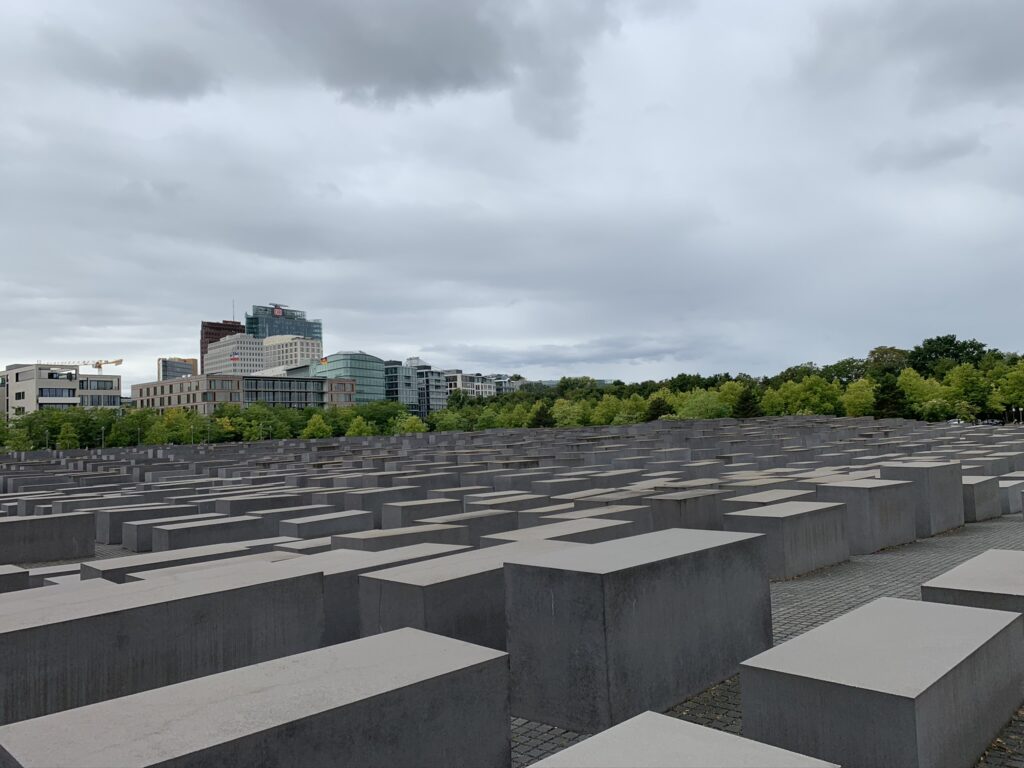
A very powerful book on the history of Berlin is: “The Work I Did: A Memoir of the Secretary to Goebbels“. A personal testimony that approaches the persecution of the Jews from the point of view of the German Brunhilde Pomzel, stenographer of the Minister of Propaganda Joseph Goebbels.
#3 German Parliament Reichstag
North of the Brandenburg Gate is the current German parliament, the Reichstag. Iconic and with a history of arson in 1933 and with many bombardments during the 2nd World War. At the Reichstag Parliament you can visit the building’s roof and dome, and enjoy the stunning view of Berlin’s sights. Entrance to the parliament is free. All you need to do, in advance, is an application to visit the building. For the registration application, click here. Of course, for your entrance to the Parliament, don’t forget to bring your passport.
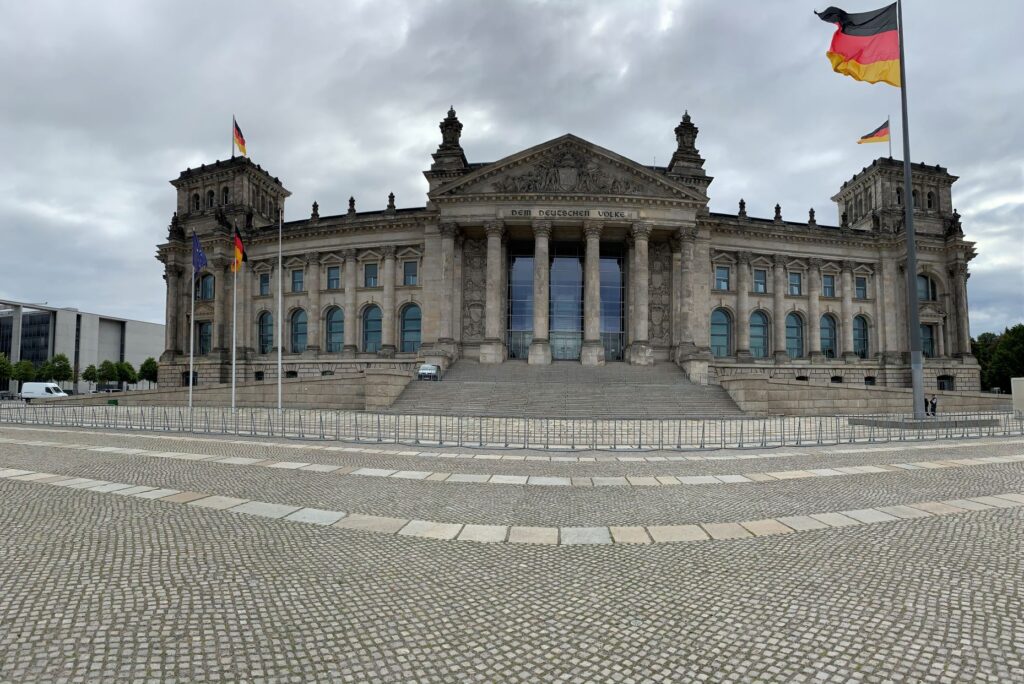
#4 Visitor center of the Berlin Wall Memorial
Another point of interest that will leave you speechless, is located north of the Brandenburg Gate. An entire memorial, the Visitor center of the Berlin Wall Memorial, full of images and photographs that revive in front of your eyes. To visit this particular building, you will need to pay 3.50€ per person, while there is a discount for groups of 10 people. Information on operating hours and admission prices, click here.
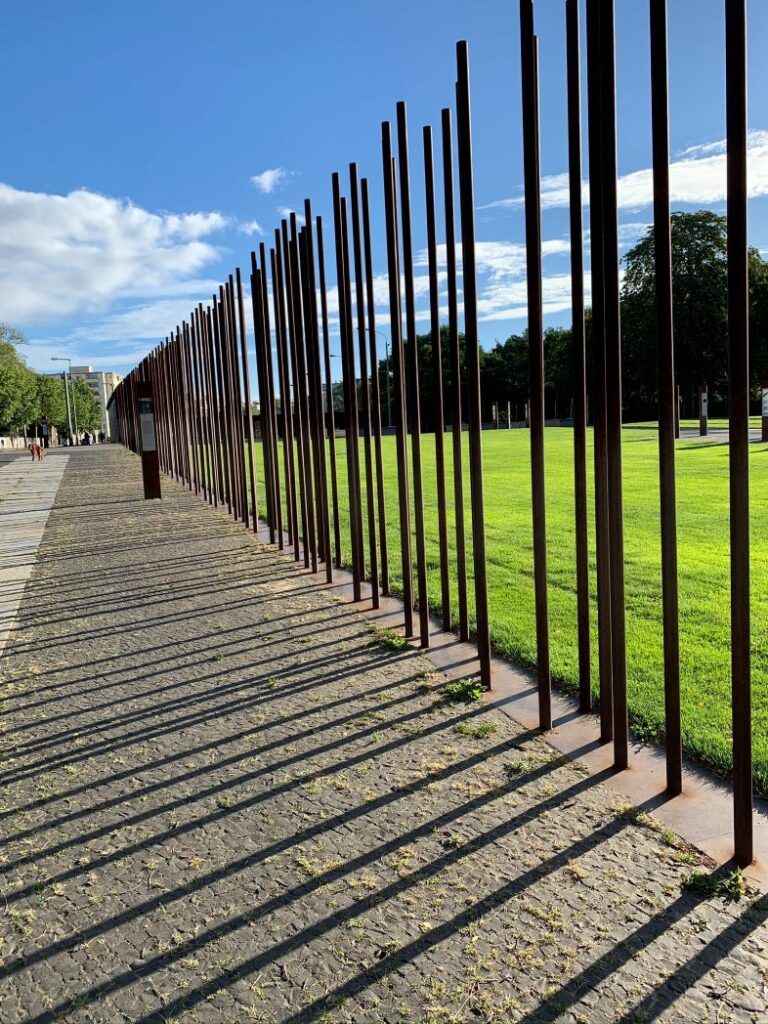
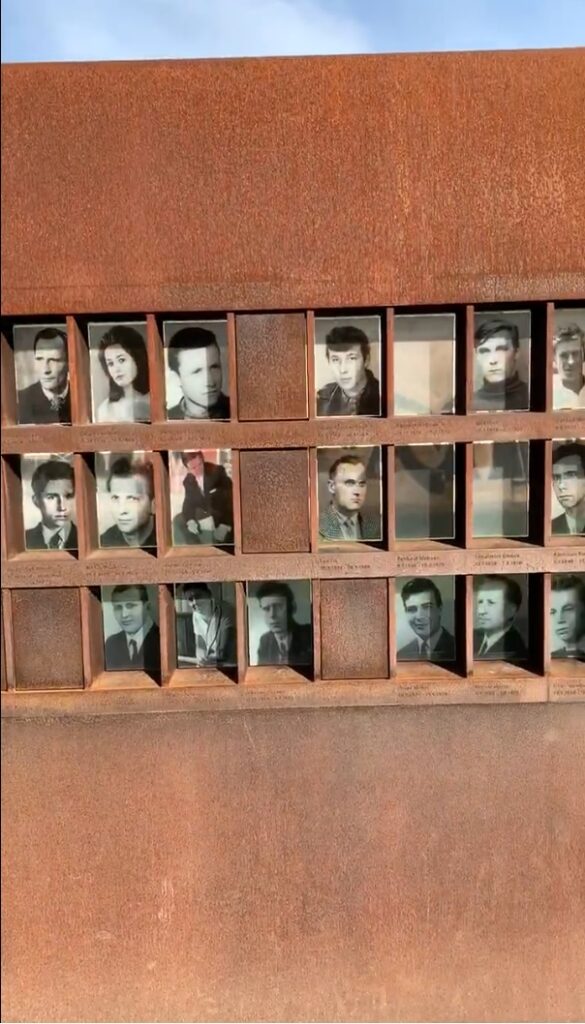
#5 Bebelplatz Square
Behind the Brandenburg Gate, there is a square of historical importance for Berlin, Bebelplatz. A place where about 20,000 books were burned by the propaganda apparatus of the Third Reich on the grounds that their content promoted anti-national ideas.
#6 Bundesstrasse 2
From the Brandenburg Gate, if you look west, a main road stretches out in front of you, which is called «Bundesstrasse 2». You will notice that it is a huge road, deliberately constructed by the fascism of that time, to demonstrate at every opportunity the power of the state.

#7 Tiergarten Park
Following Bundesstrasse 2, you will end up inside the Tiergarten park. The most important monuments are:
- The Der Rufer statue: Represents a boy with his mouth open, shouting. A memorial dedicated to all the victims and survivors of the 1940 tortures.
- The Russian Tiergarten monument: built by the Soviet Union in memory of the 800,000 dead who sacrificed their lives for the Battle of Berlin.
- The monument, sculpture by Richard Wagner
- The Beethoven–Haydn–Mozart Memorial: An outdoor monument dedicated to classical composers.
- The Persecution Memorial: For the homosexuals who were expelled during the Nazi years in Berlin.
- The monument to the Sinti & Roma who were murdered under National Socialism.
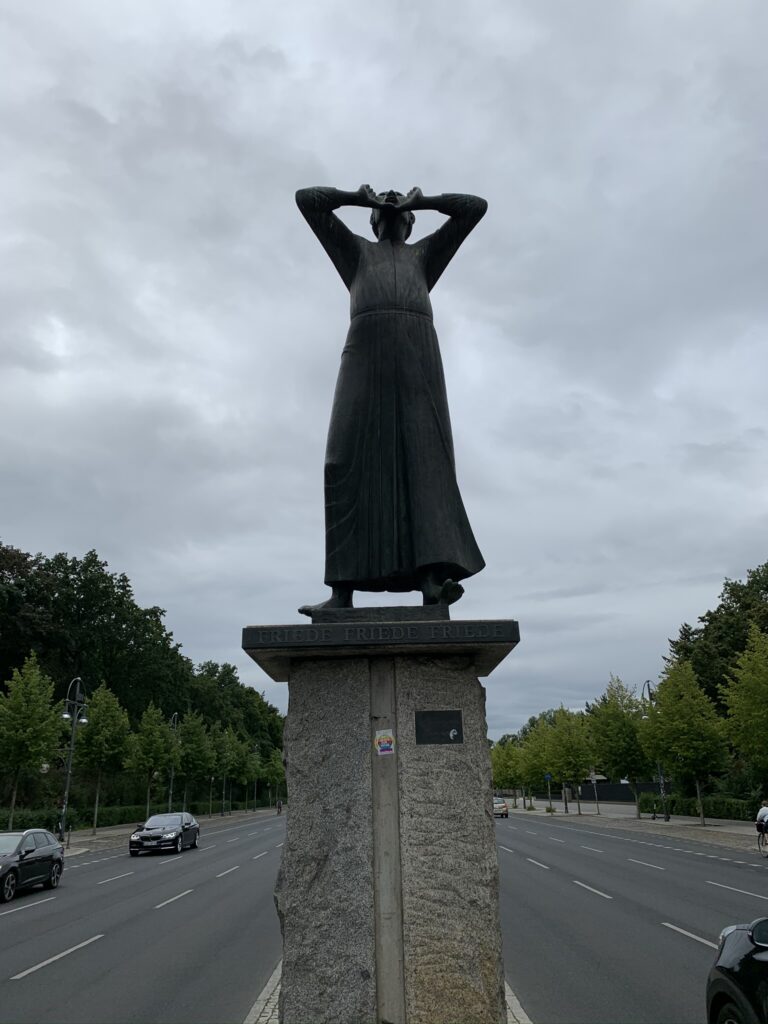
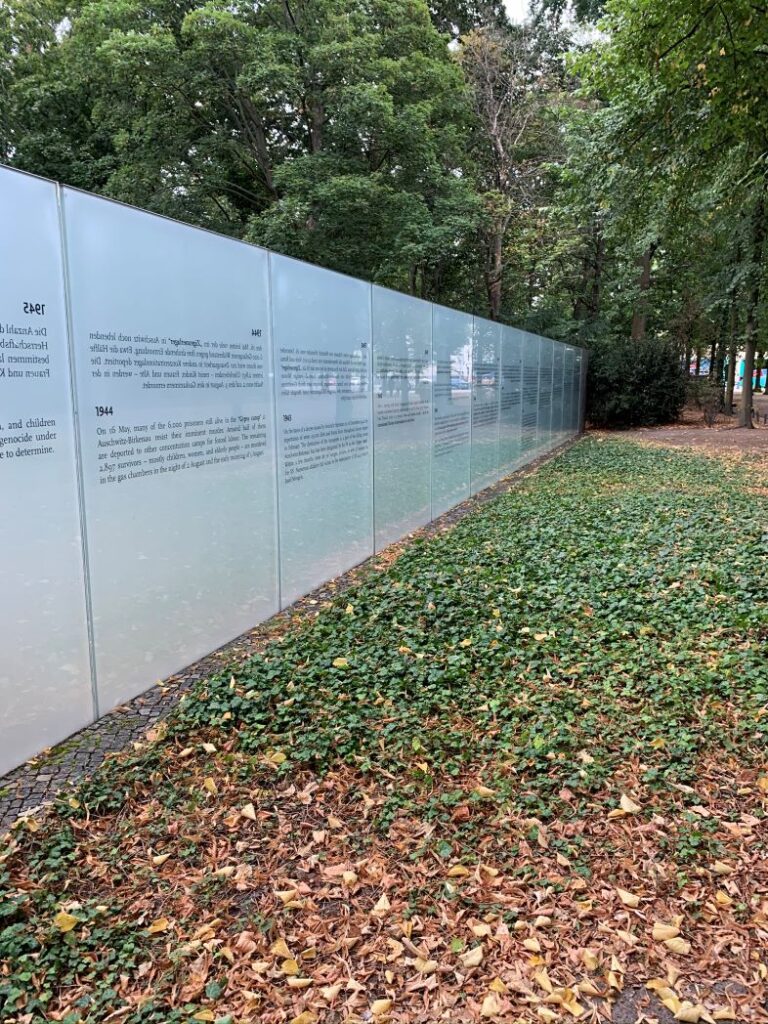
#8 Victory Column
Continuing on Bundesstrasse 2, you will come across a roundabout with the ”Victory Column“ dominating the area. The Victory Column was removed from the German Reichstag Parliament front view and was installed in 1938, by the then Nazi government, at the current roundabout.
#9 Berlin Wall
Of course, the story does not end here! Going down south, you will look for the Checkpoint Charlie. The most famous transfer point from the West to the East side of Berlin during the Cold War. A normal watchtower, which has been preserved in excellent condition and remains there to admire. From 1961 to 1989 the famous “Berlin Wall” ran a few meters behind the Reichstag (Parliament) building, where the Soviet sector or East Berlin began. Many signs of this can even be seen on the road network in front of the Brandenburg Gate.


#10 Graffiti Wall of Fame
There are many more places worth visiting as the wall is still there in various parts of the city. The most famous spot is the Graffiti Wall of Fame. There you will admire beautiful graffiti that “mocks” our then and present times.
Traveling to Berlin is truly an exciting experience, as you pass through places that have scarred humanity, places where recent history was written and streets used by “strong” personalities, such as Hitler’s parade in the 1940’s.

